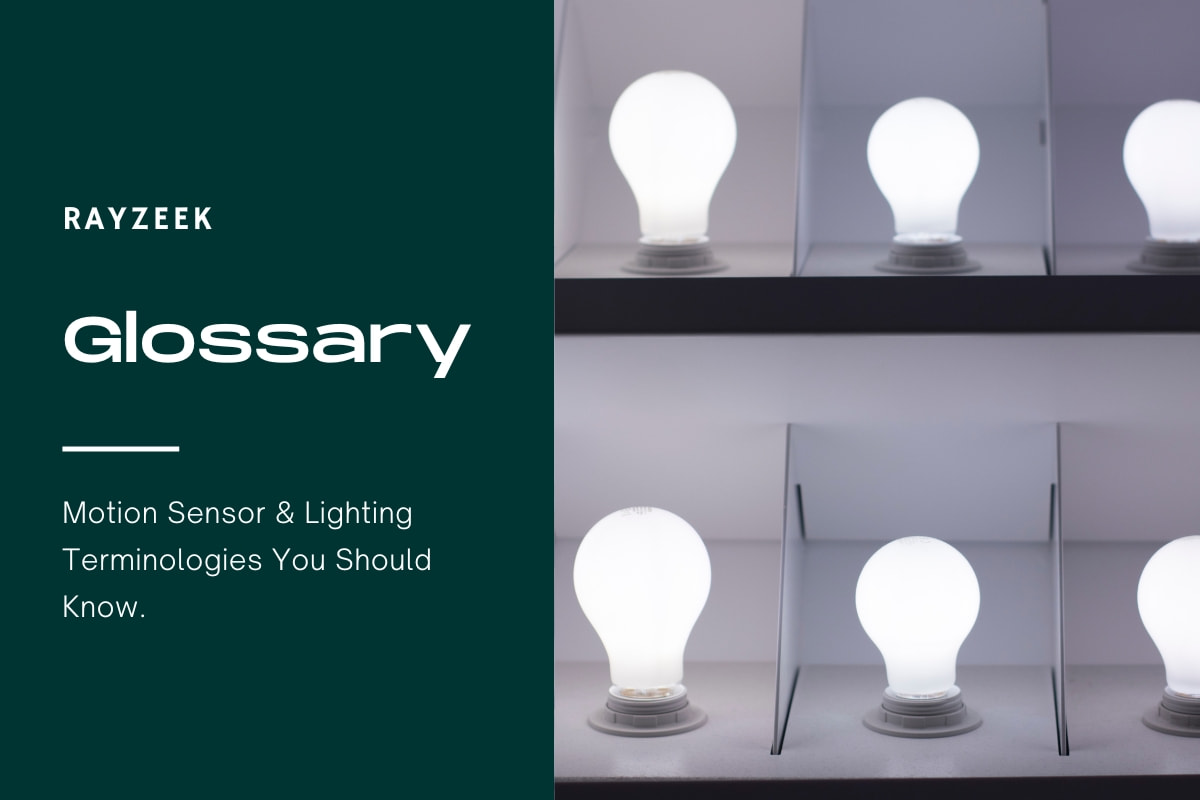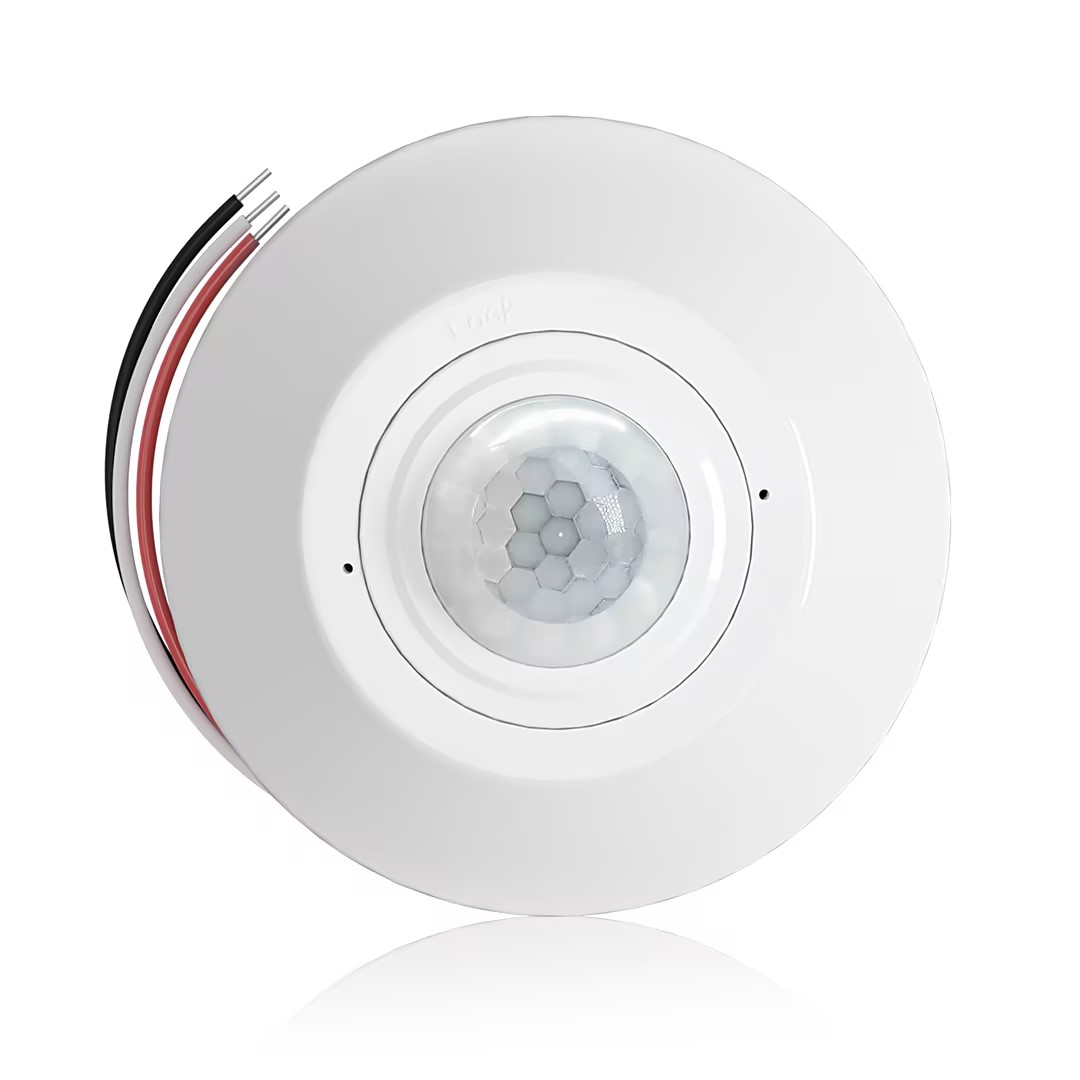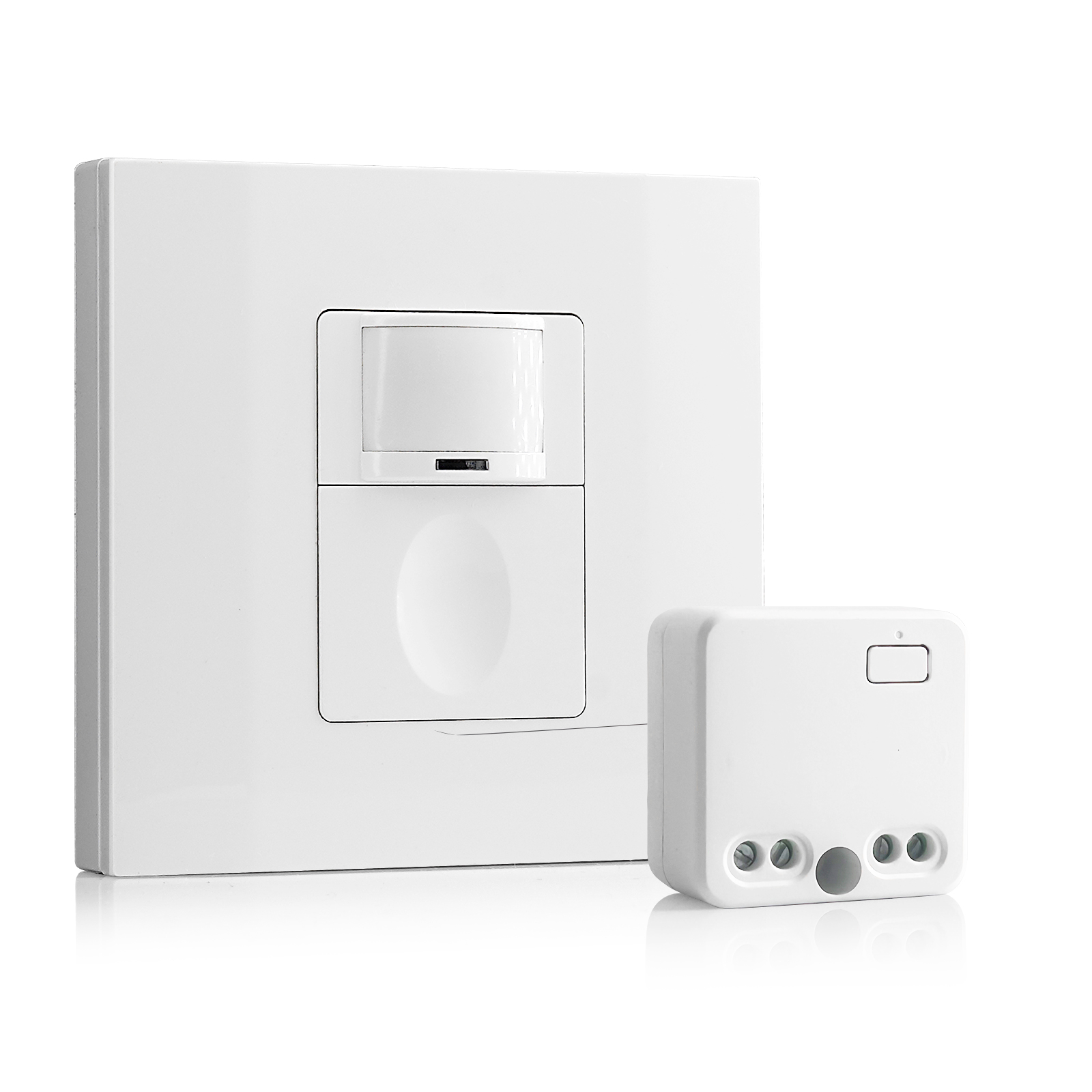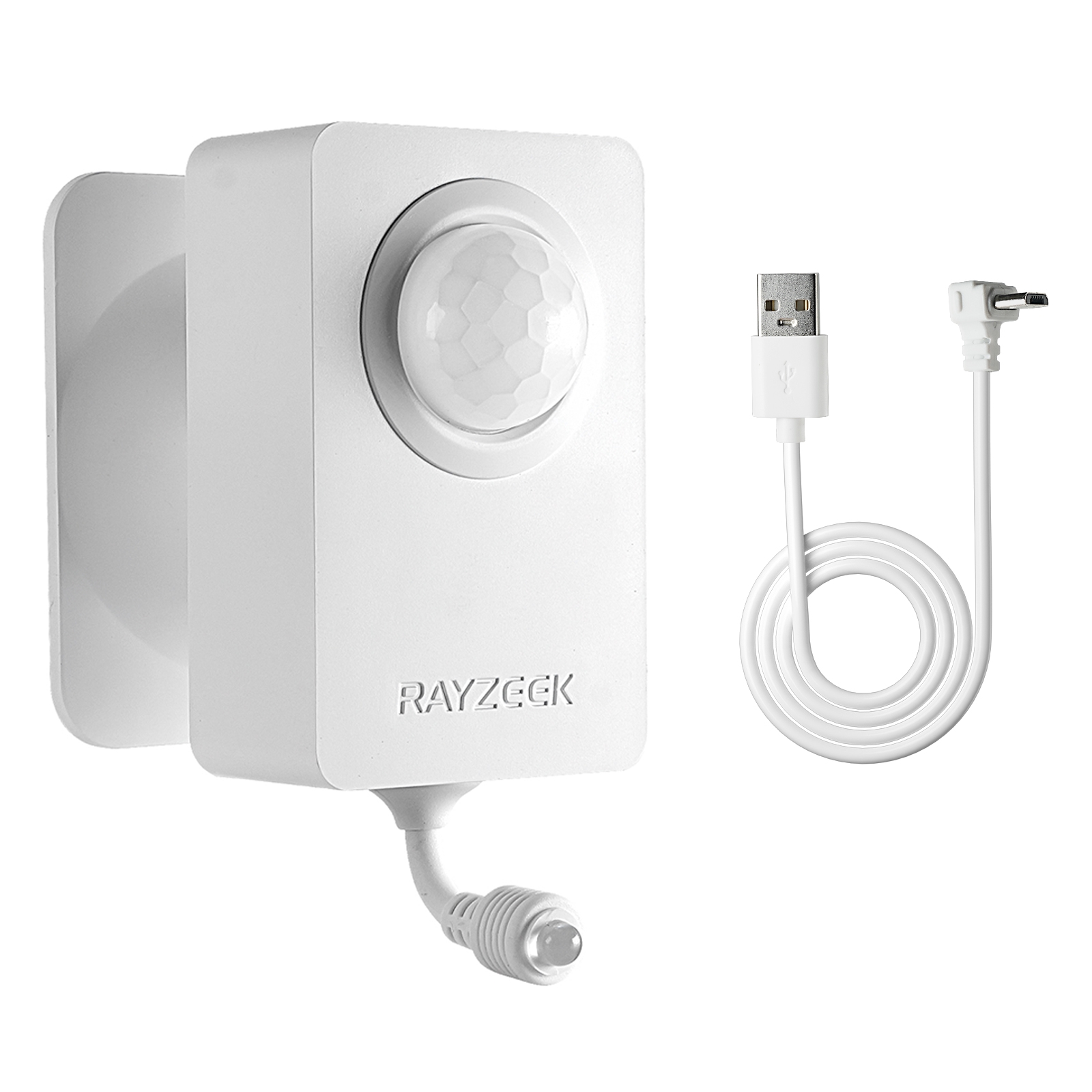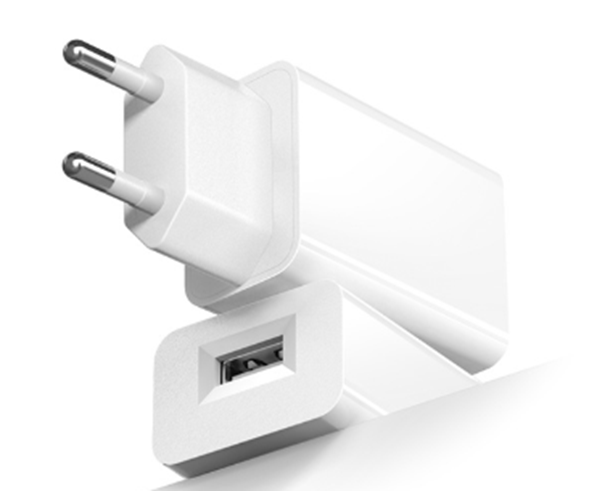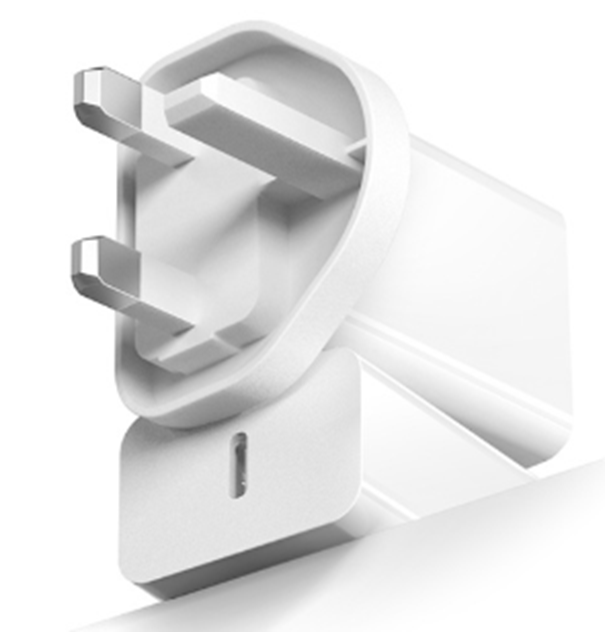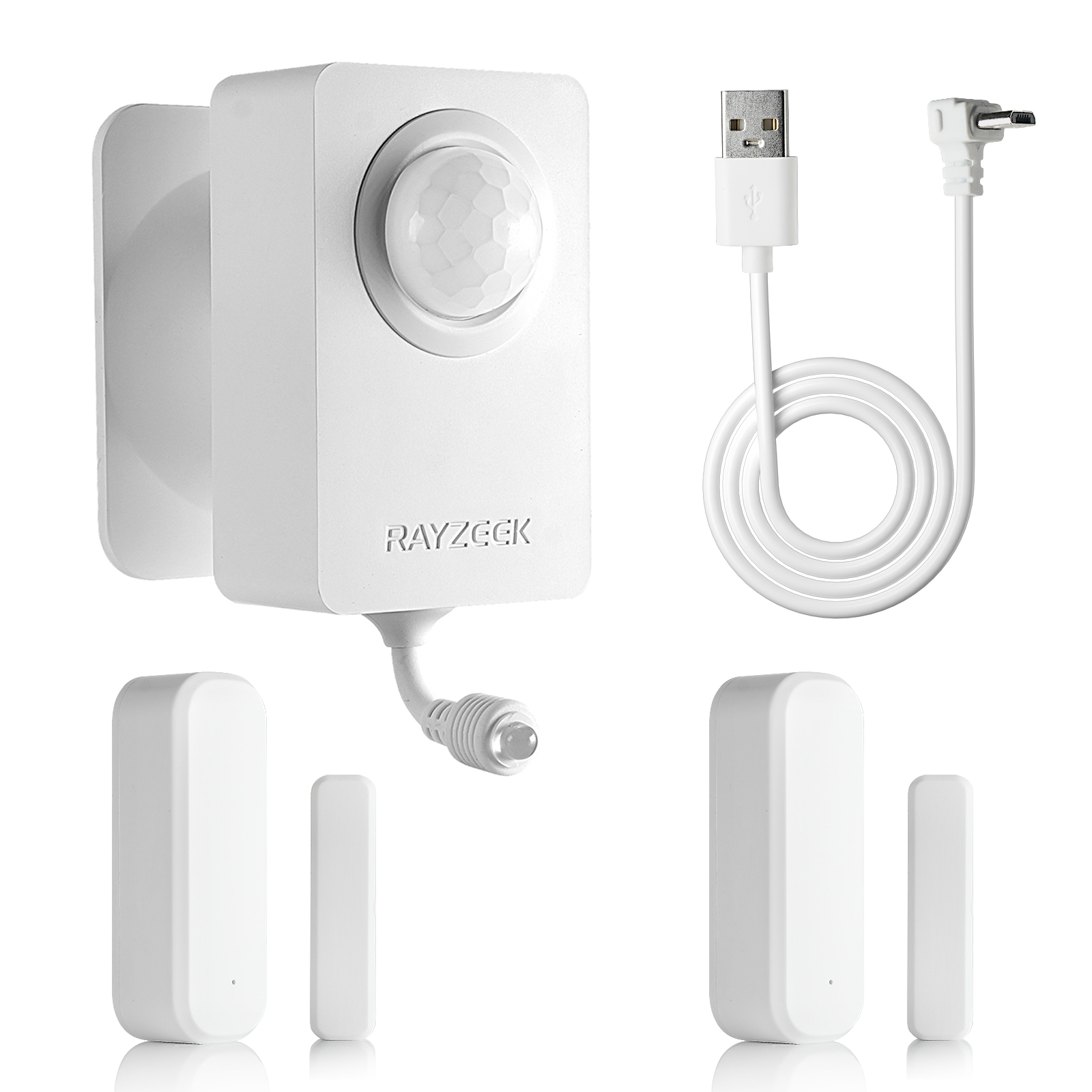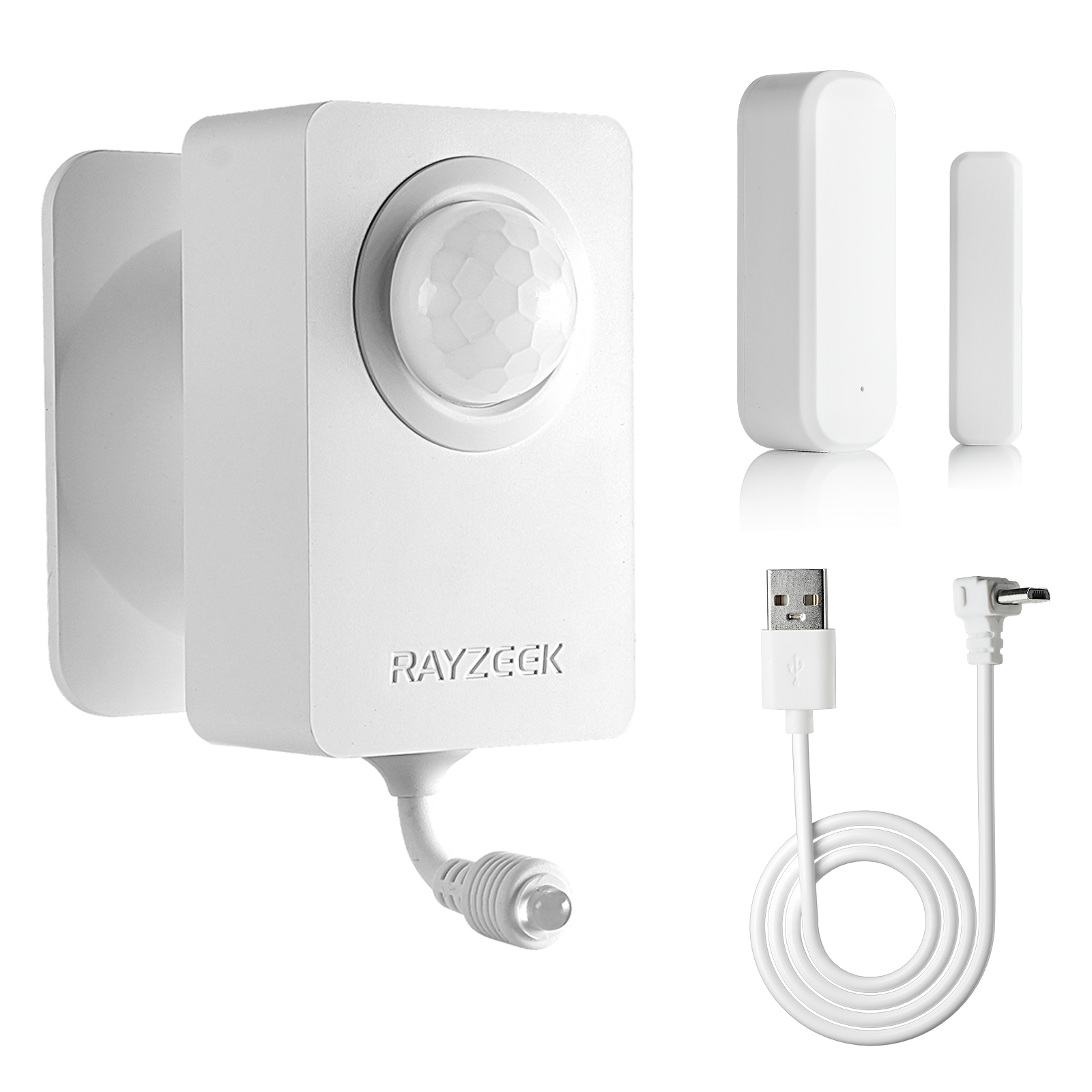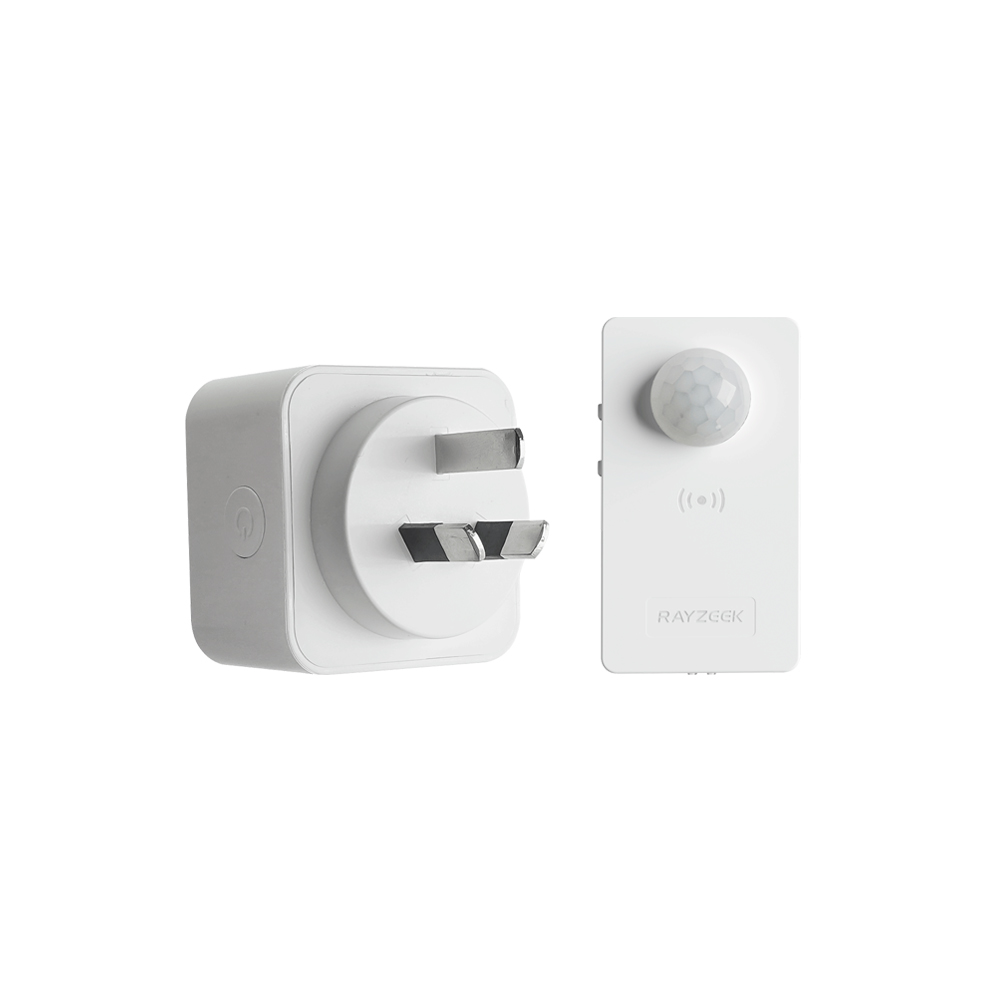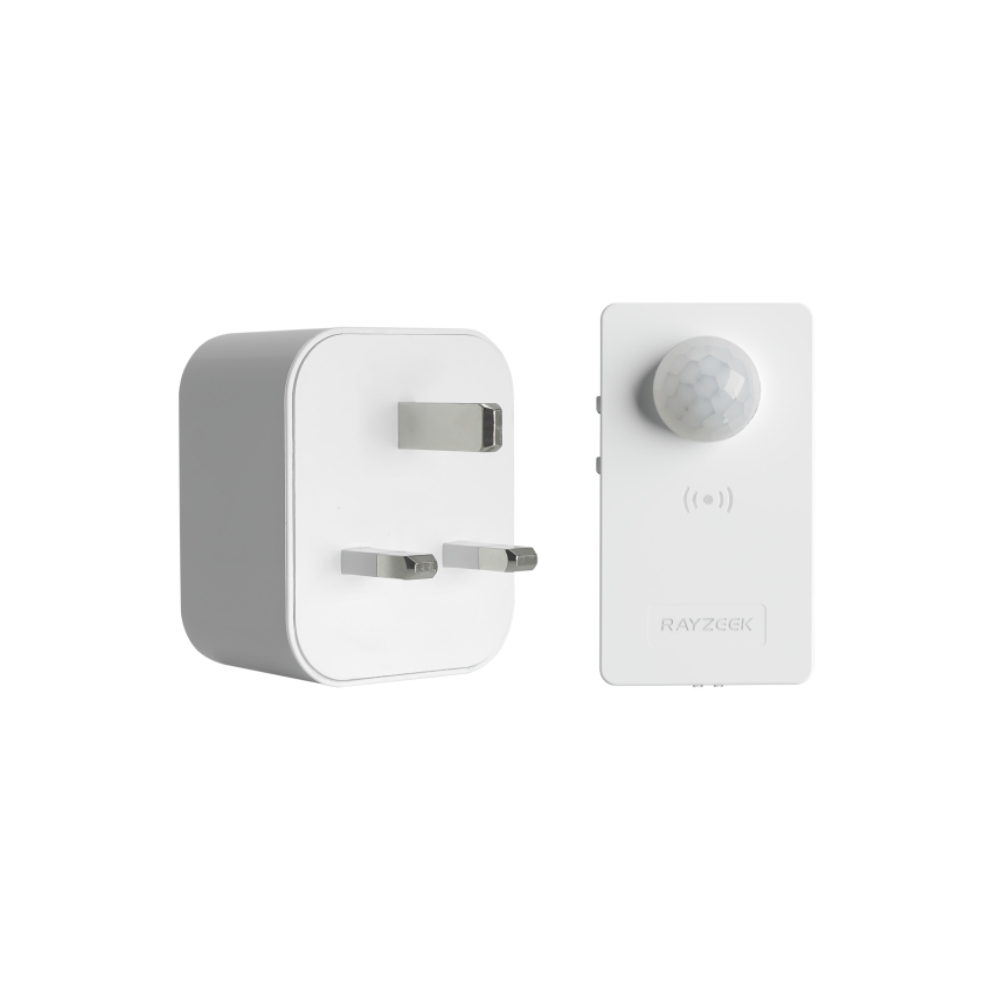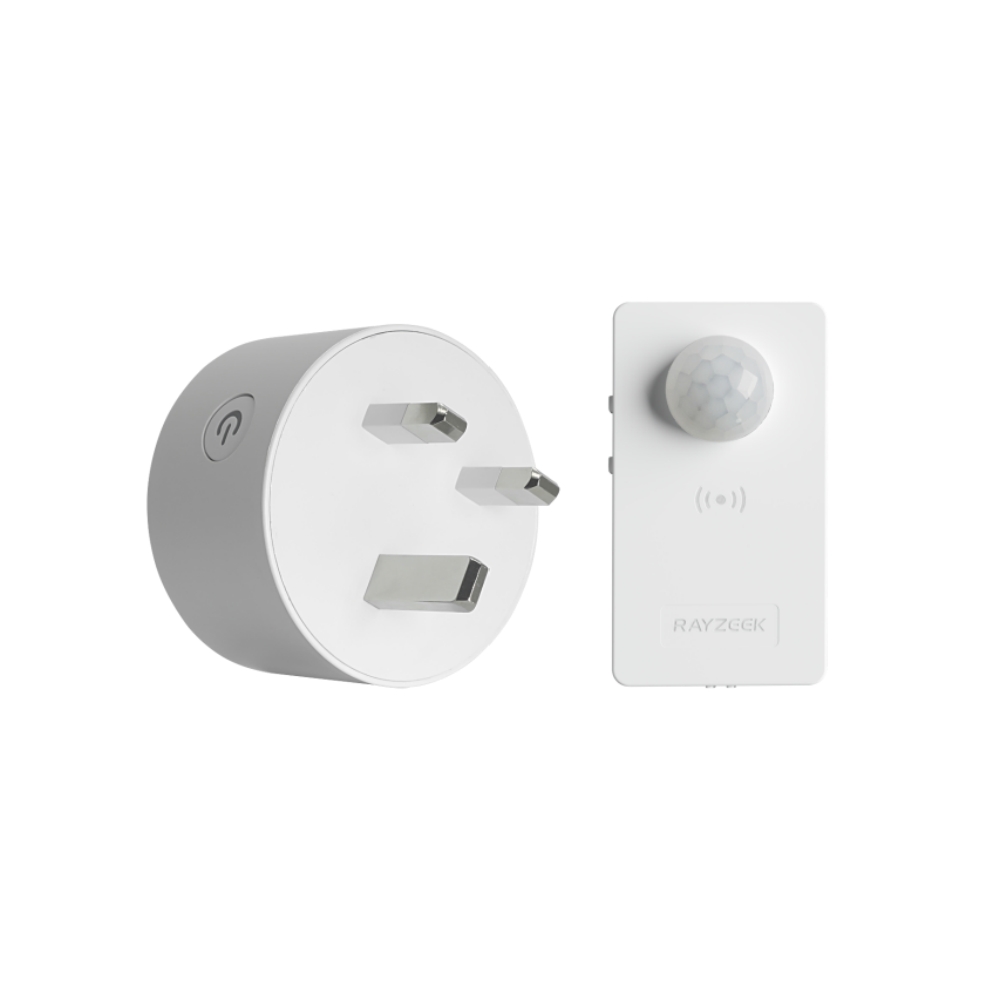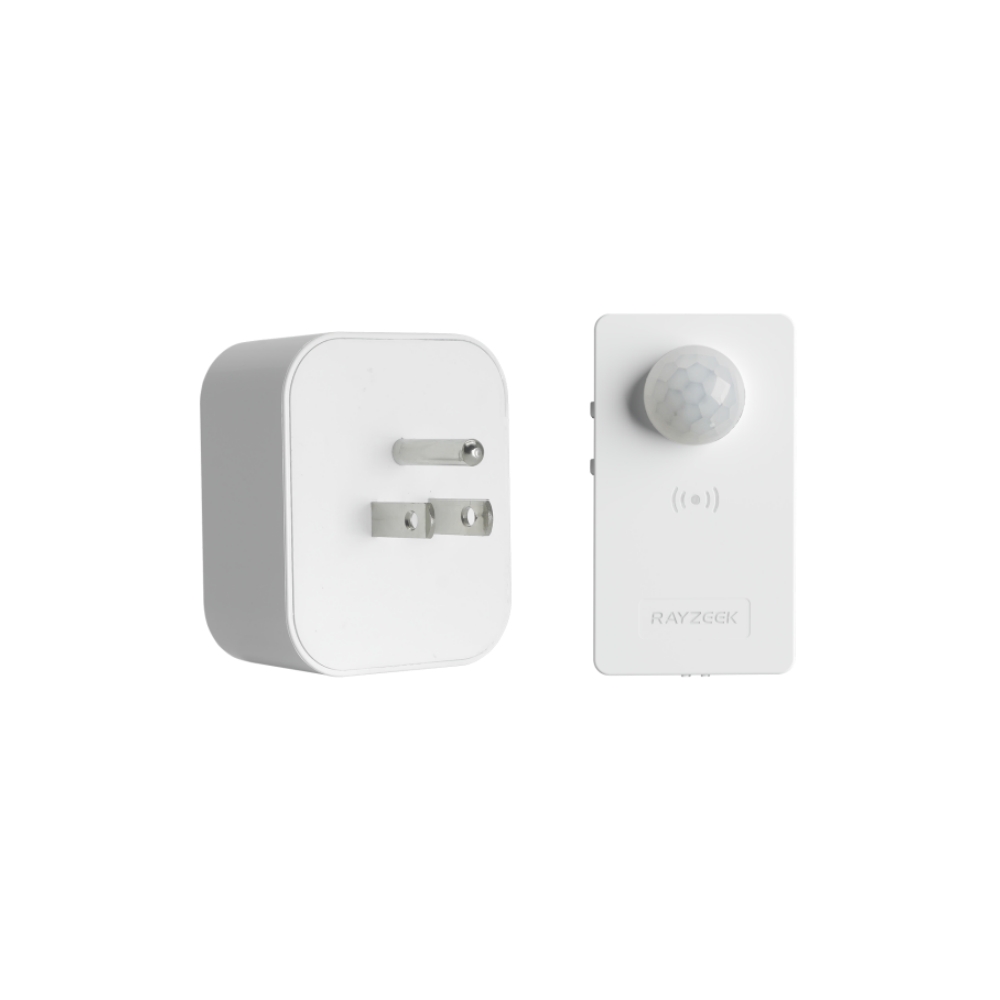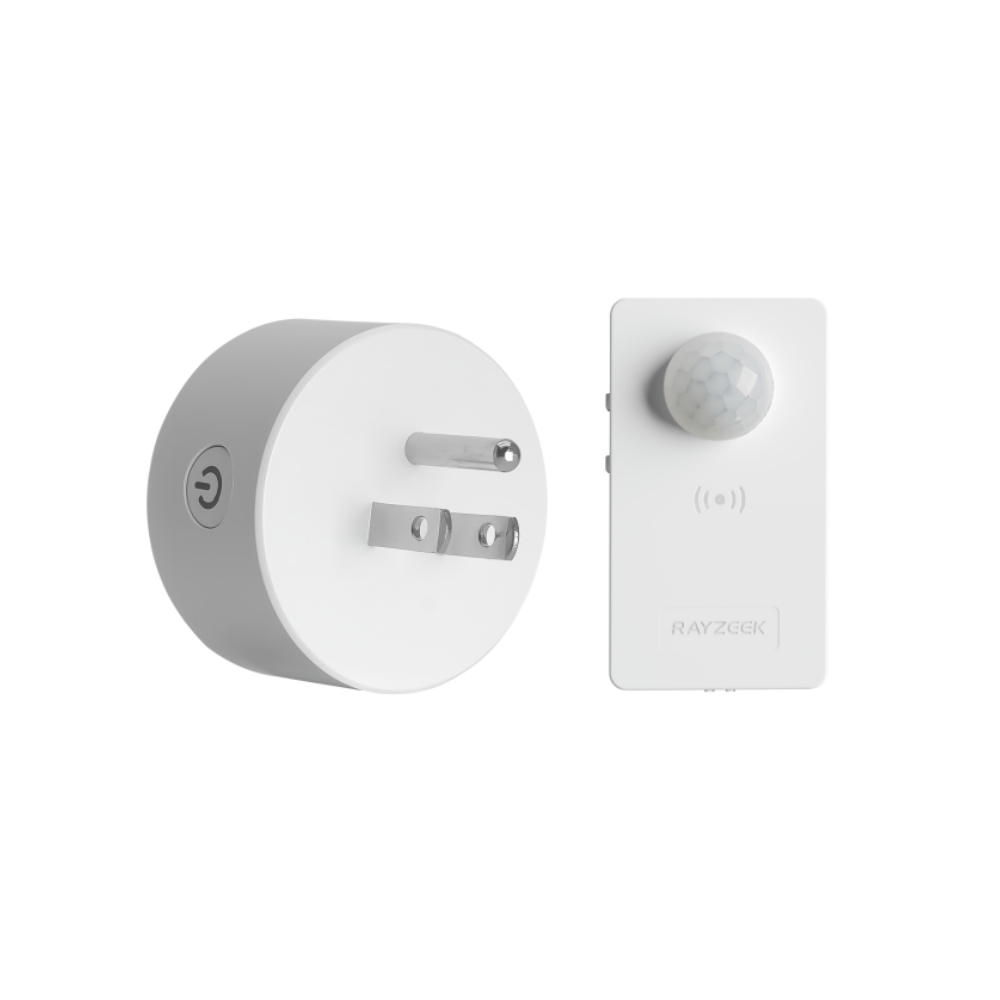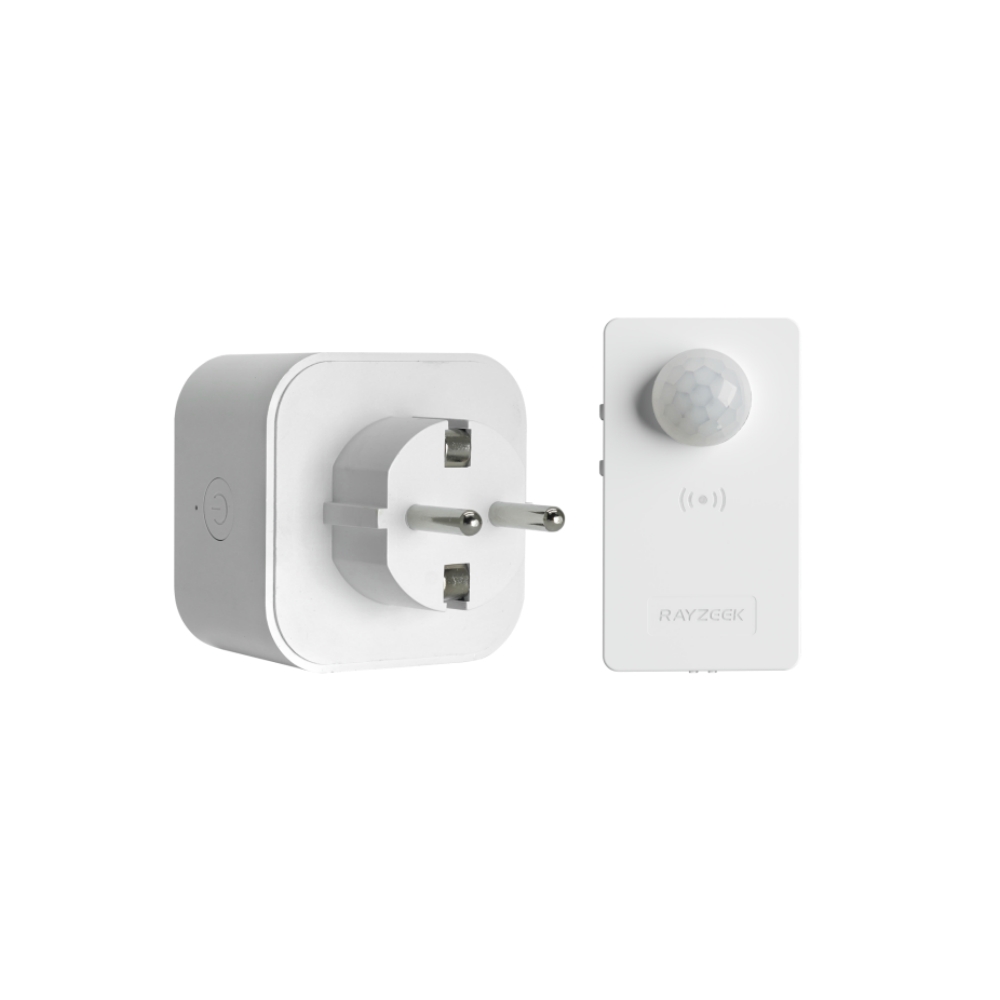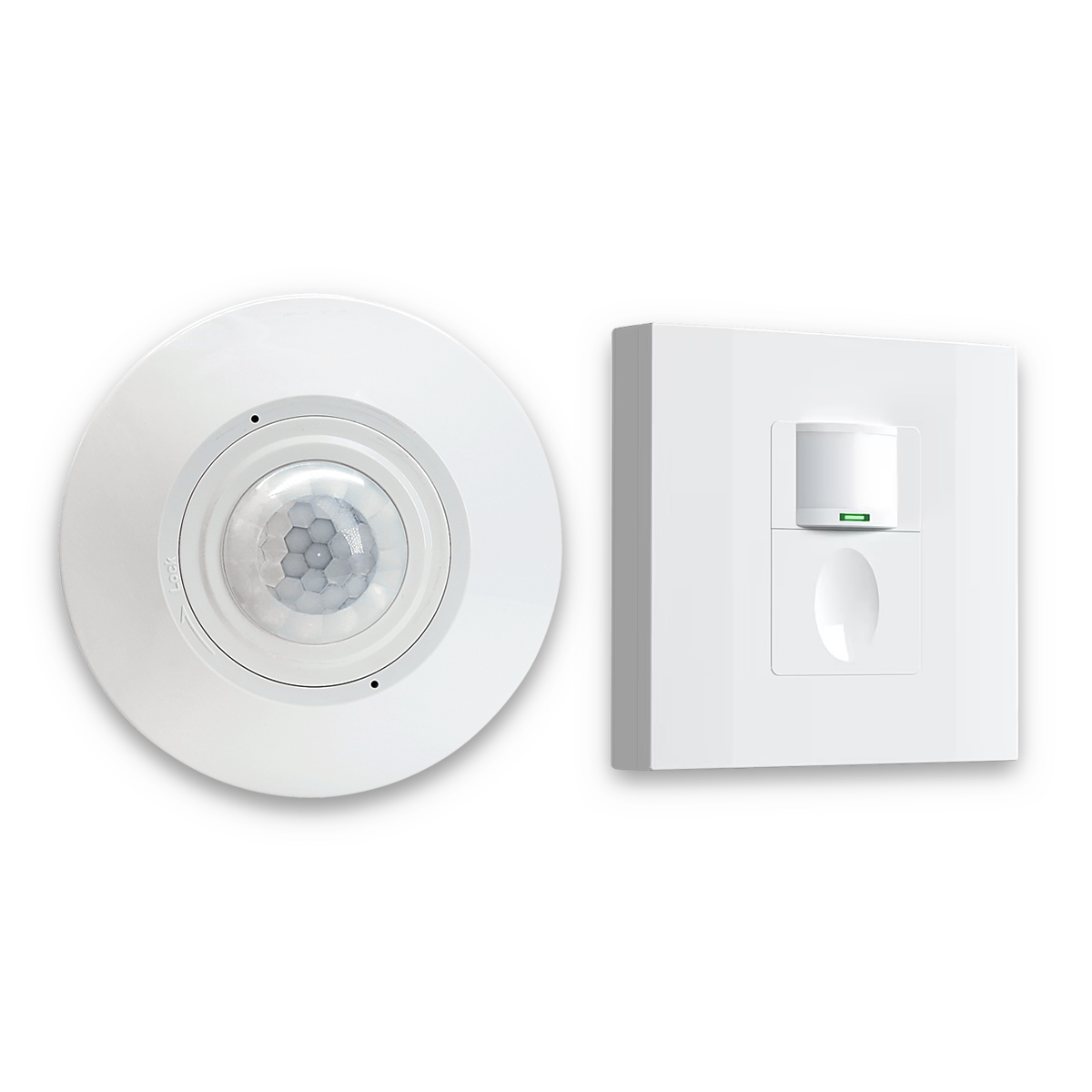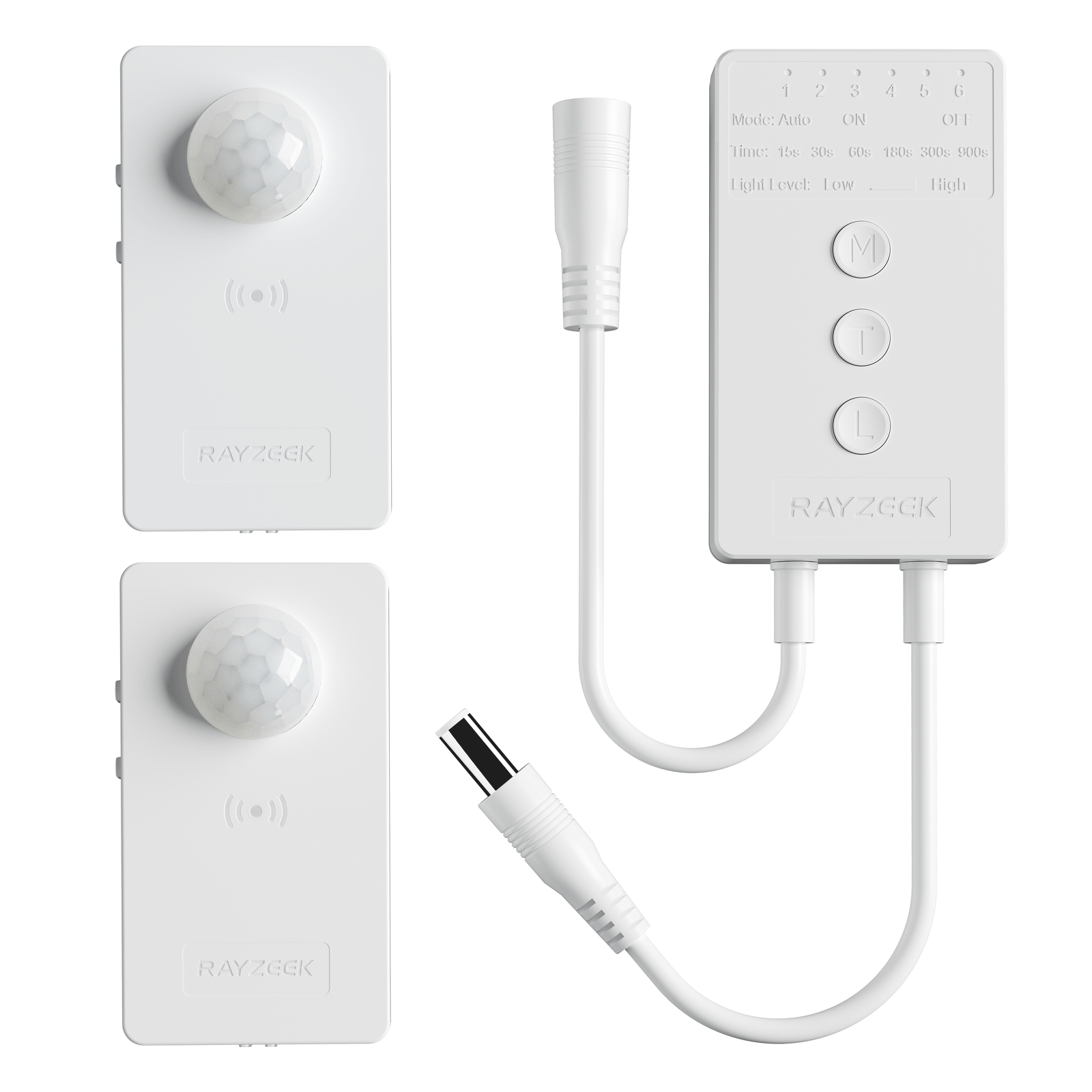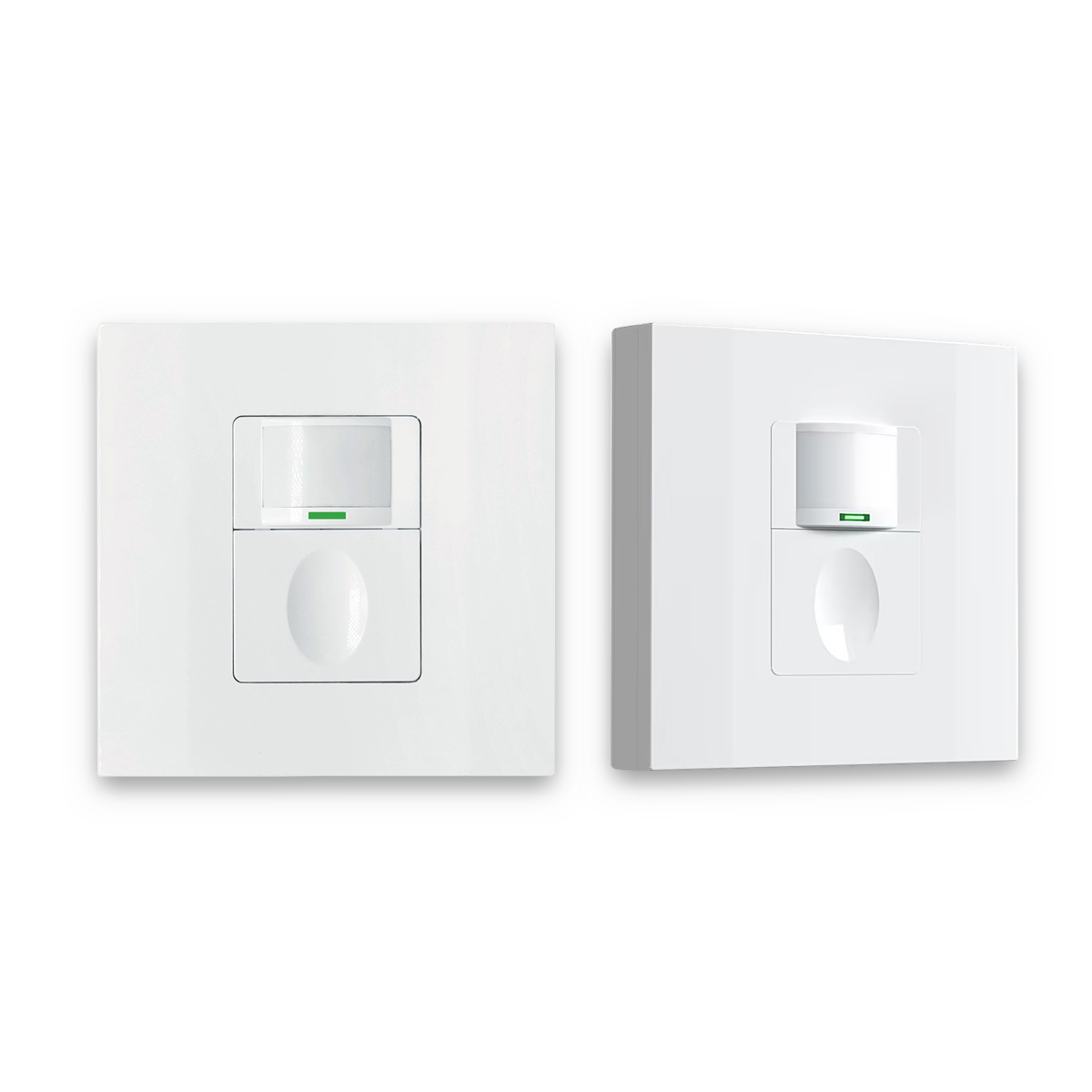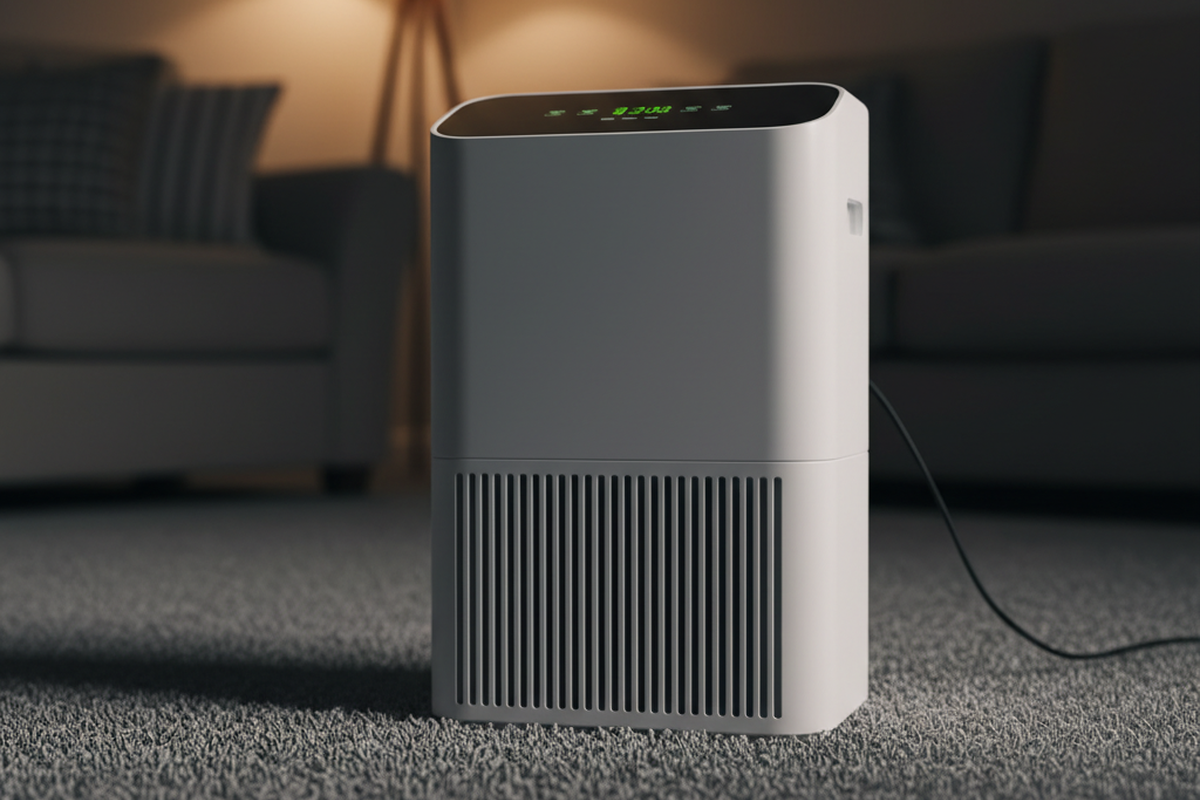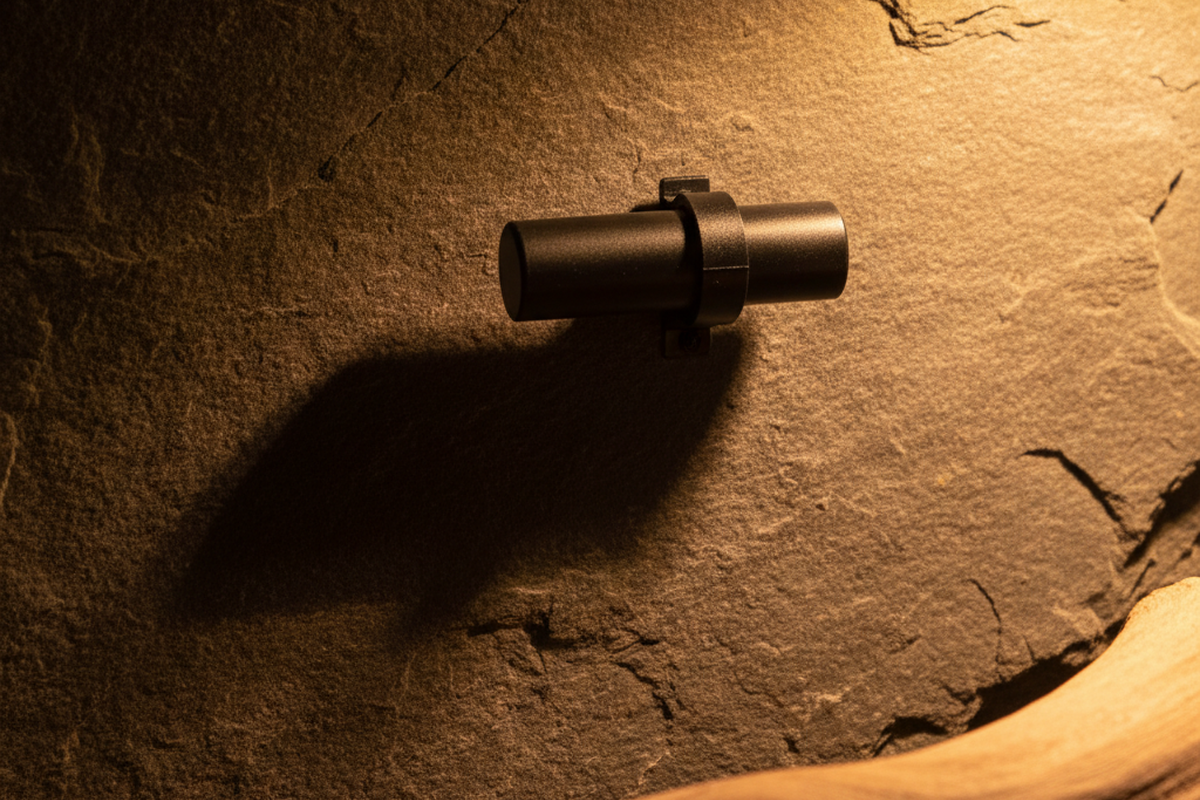What is Triac Dimming
Triac dimming, also known as phase-cut dimming, is a method used in the lighting industry to adjust the brightness of lights, particularly incandescent or halogen lights. It involves the use of a TRIAC dimmer, which is a specialized electrical switch designed specifically for controlling the power sent to a light bulb. By manipulating the conduction angle of the TRIAC, the amount of power reaching the bulb can be increased or decreased, resulting in a corresponding change in brightness.
Get Inspired by Rayzeek Motion Sensor Portfolios.
Doesn't find what you want? Don't worry. There are always alternate ways to solve your problems. Maybe one of our portfolios can help.
The operation of a TRIAC dimmer is based on the concept of phase-cut dimming, where a “trigger” determines at what point in the AC waveform the device starts to conduct electricity. This effectively “chops up” the voltage waveform, reducing the voltage supplied to the bulb and thus dimming the light. The speed at which the switch reacts determines the amount of power released, allowing for precise control over the level of dimming.
Triac dimming is commonly used in residential settings, providing a convenient way to adjust lighting levels according to personal preferences or specific requirements. It offers advantages such as energy efficiency, as reducing the power supplied to the bulb can result in potential energy savings. Additionally, triac dimmers can be used to control motor power, making them versatile devices in the lighting industry.
Maybe You Are Interested In
While triac dimming is suitable for resistive loads like incandescent or halogen lights, it may not be compatible with LED light sources without the use of additional components. LED light solutions require careful consideration and the use of triac semiconductor devices specifically designed for LED dimming to ensure proper performance and longevity of the LED lights.
Frequently Asked Questions
What Type of Dimming Is Best for LED
The most suitable dimming option for LED light bulbs is trailing edge dimmers, while leading-edge dimmers are more compatible with conventional incandescent and halogen light bulbs.
What Is the Difference Between LED Dimmer and Normal Dimmer
As LEDs have a significantly lower wattage compared to incandescent bulbs, trailing edge dimmers offer a more compatible wattage range, ensuring optimal performance and longevity for dimmable LED lights.
Do LED Lights Need ELV Dimmer
While the majority of integrated LEDs necessitate the use of an ELV dimmer, there are certain European brands that utilize the 0-10 volt system.
What Happens if You Use a Dimmer Switch for LED Lights
Once you install a dimmer switch specifically designed for LED lights, you will enhance your lighting experience. This modern dimmer switch is designed to efficiently control the electricity flow to the LED bulbs, allowing you to easily adjust the brightness levels and create the desired ambiance in your space.
What Type of Dimmer Must Have a Dimming Ballast
For fluorescent bulbs, a dimming ballast is necessary. Lutron, a company that introduced the first electronic dimming ballast three decades ago, now provides a wide range of fluorescent dimming ballasts and controls to support their comprehensive fluorescent dimming systems.
What Is the Main Cause of Problems When Dimming LED Lamps
Typically, issues with dimming LED lamps arise due to a lack of synchronization between the LED lamps and the controls or dimmer switches. To successfully dim LED lamps, it is crucial to ensure a proper pairing between the lamp and the controls.
Can You Dim Every LED
Yes, it is possible to dim all LEDs, although the process may not always be straightforward. The feasibility of dimming a specific LED lamp or lighting fixture will vary depending on the driver used to regulate it.
Do TRIAC Dimmers Save Energy
Not only do TRIAC dimmers save energy, but they also increase the lifespan of light bulbs. By utilizing a “Triac Switch,” dimmers rapidly alternate the light circuit on and off, effectively reducing the energy consumption of the light bulb. This switch can interrupt the energy flow to the fixture up to 120 times per second.

